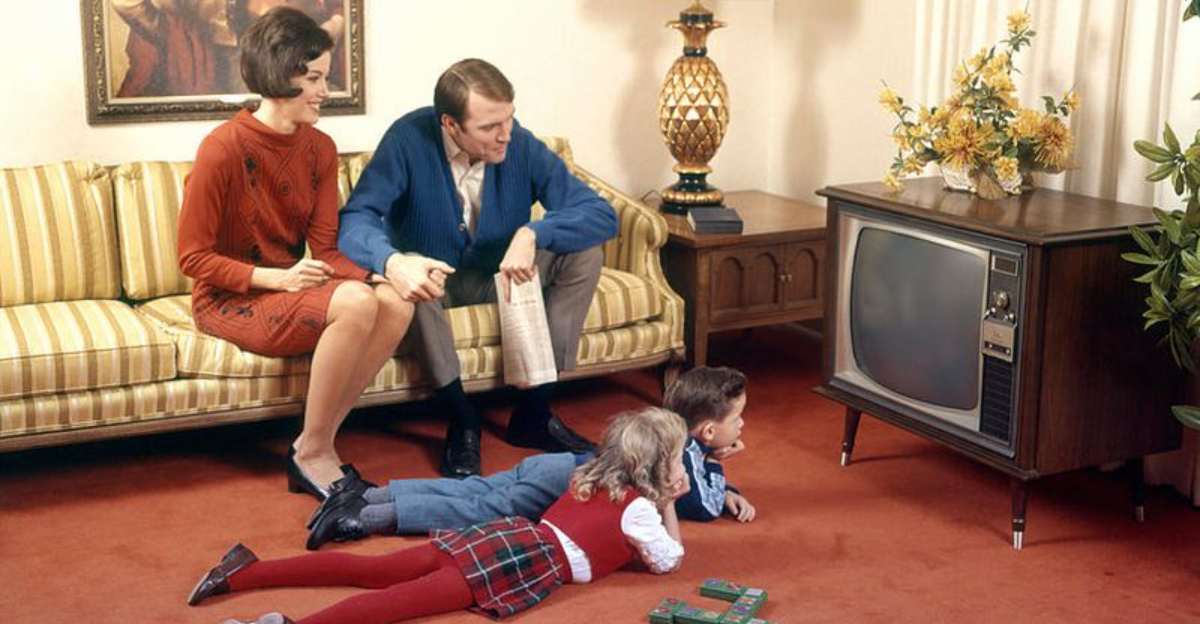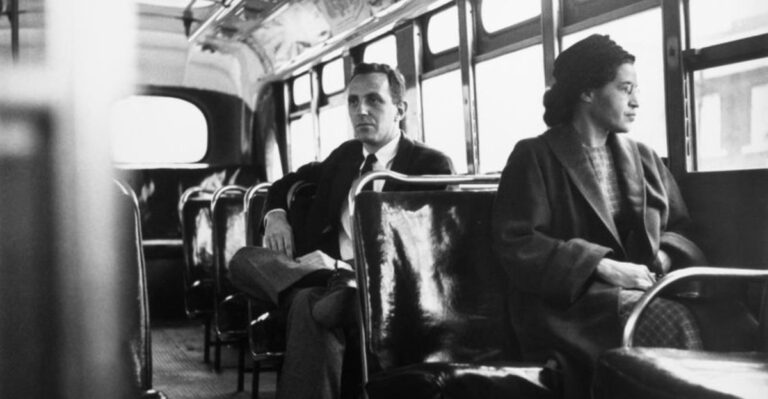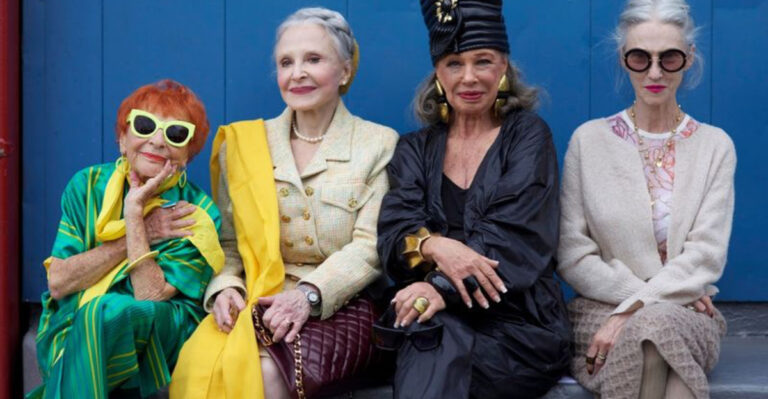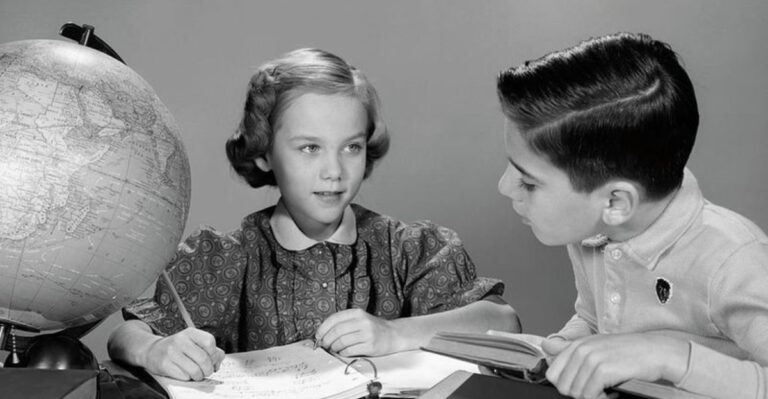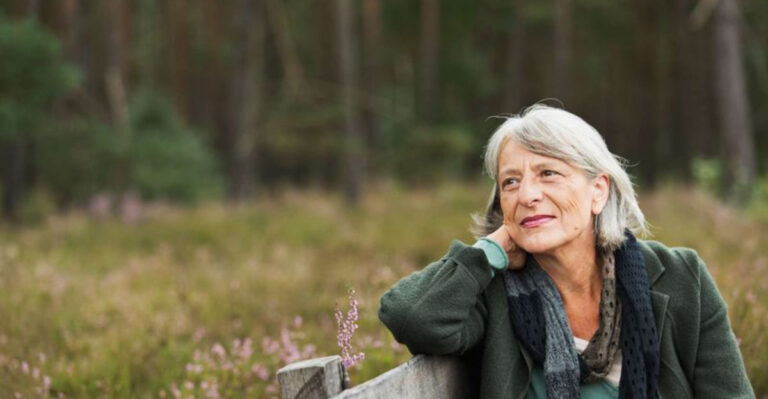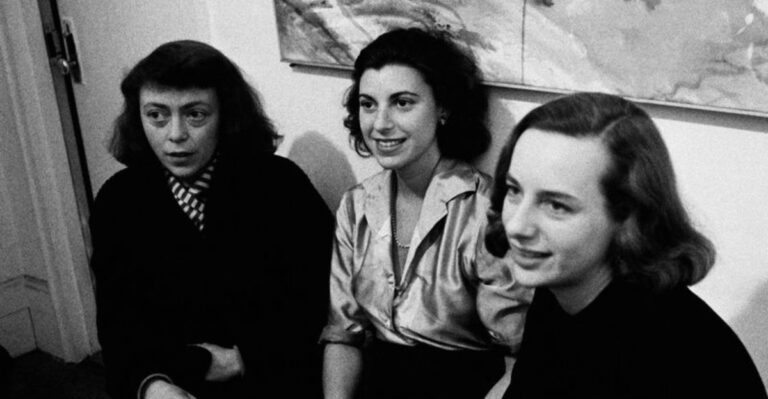22 Things Boomers Did For Fun In The ’70s That Gen Z Has Never Even Heard Of
Long before smartphones and social media, fun was an art, not an algorithm. The ’70s were a time of unfiltered joy, where entertainment sprang from everyday moments and creativity was the driving force.
Imagine a world where plans were spur-of-the-moment and enjoyment didn’t involve screen time. Let’s take a peek into 22 pastimes that defined leisure for Boomers, each a scrapbook snapshot from a decade that celebrated freedom, exploration, and a little bit of rebellion.
1. Roller skating everywhere, with zero protective gear
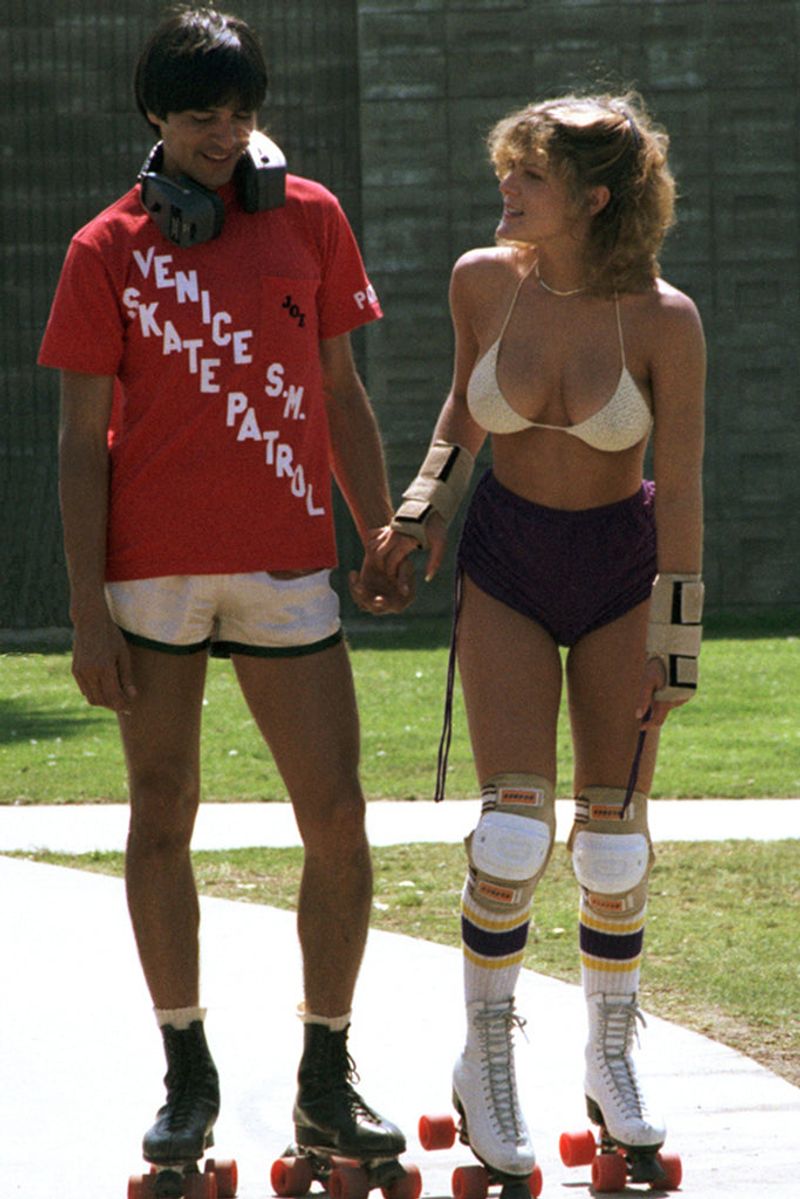
In the ’70s, roller skating was more than just a pastime; it was a rite of passage, a way to cruise through life with wheels on your feet. Kids and teens would strap on their skates and hit the pavement, parks, and sidewalks, gliding with the wind in their hair and a carefree spirit. Protective gear? That was for the faint-hearted!
Scraped knees and elbows were badges of honor, stories to tell over school lunches. The sound of wheels clattering over sidewalks became a soundtrack of youthful rebellion and exuberance.
It was about freedom, movement, and the game of balancing speed with the occasional tumble, all set against a backdrop of disco beats and laughter.
2. Cruising the strip with no destination—just music and gas money
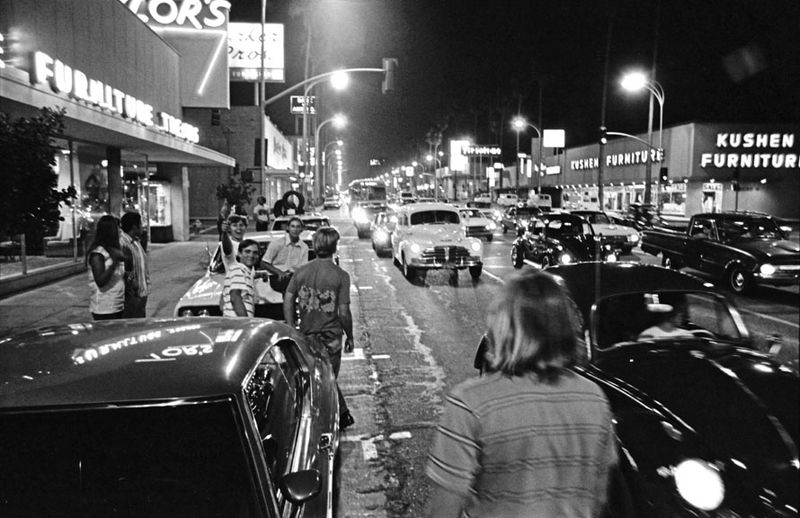
Friday nights in the ’70s were reserved for one thing: cruising the strip. Teens would pile into cars, armed with little more than a full tank of gas and the latest rock tunes blaring from the radio. It wasn’t about where you were going—it was about the journey.
The strip was a social hub, a place to see and be seen, to catch up with friends, or maybe spot that special someone. The air buzzed with excitement, engines revving, laughter spilling from open windows.
It was a time when the destination was irrelevant, and the freedom of the open road was the ultimate thrill, a ritual of teenage independence.
3. Calling into radio stations just to request your song
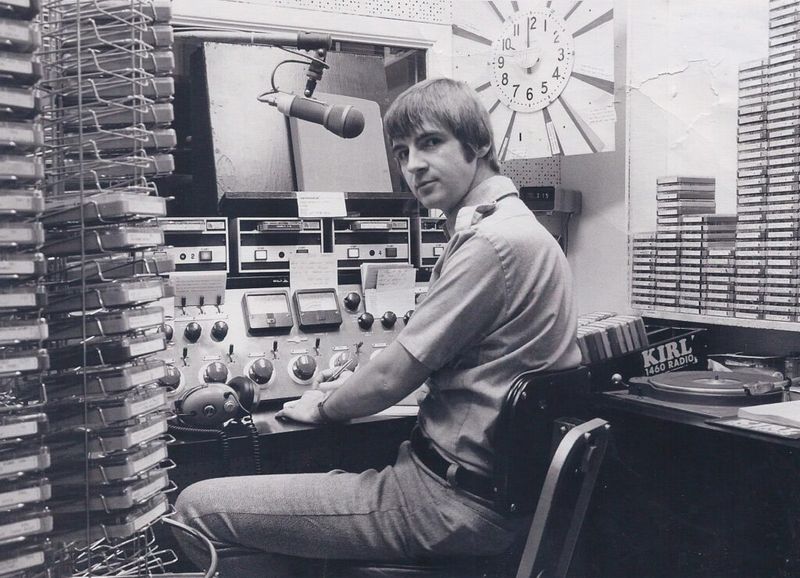
Before streaming and instant playlists, getting your favorite song on the airwaves required patience and a bit of luck. Teens would dial into radio stations, fingers crossed, hoping to get through.
Once connected, there was the thrill of requesting a song and waiting for it to play—sometimes hours later. It was a game of persistence and anticipation, bonding listeners through shared musical moments.
When that tune finally hit the air, the waiting turned into dancing or singing along, a personal victory celebrated in living rooms and bedrooms across the country. It was about connection, dedication, and the simple pleasure of hearing a favorite song.
4. Making mix tapes manually with cassette players and perfect timing
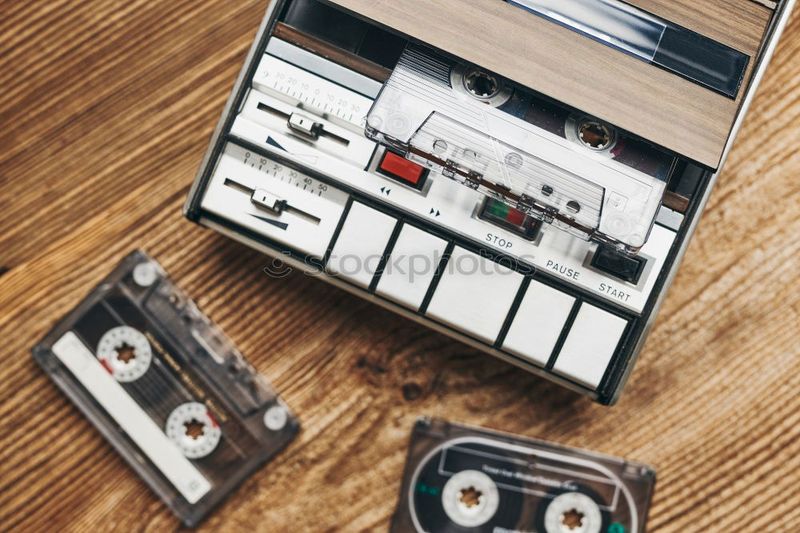
Creating a mix tape in the ’70s was an art form, requiring precision, patience, and a deep love for music. With a cassette player and a stack of tapes, music fans painstakingly recorded songs off the radio or from vinyl records.
Timing was everything; one slip, and you’d miss the intro or catch an unwanted DJ chat. It was a labor of love, each tape a carefully curated playlist of hits and hidden gems.
These tapes were shared among friends, tokens of friendship or romance, capturing the essence of musical tastes and moments in time. They were soundtracks to life’s adventures, each note a personal signature.
5. Hanging out in shopping malls as a legit social event
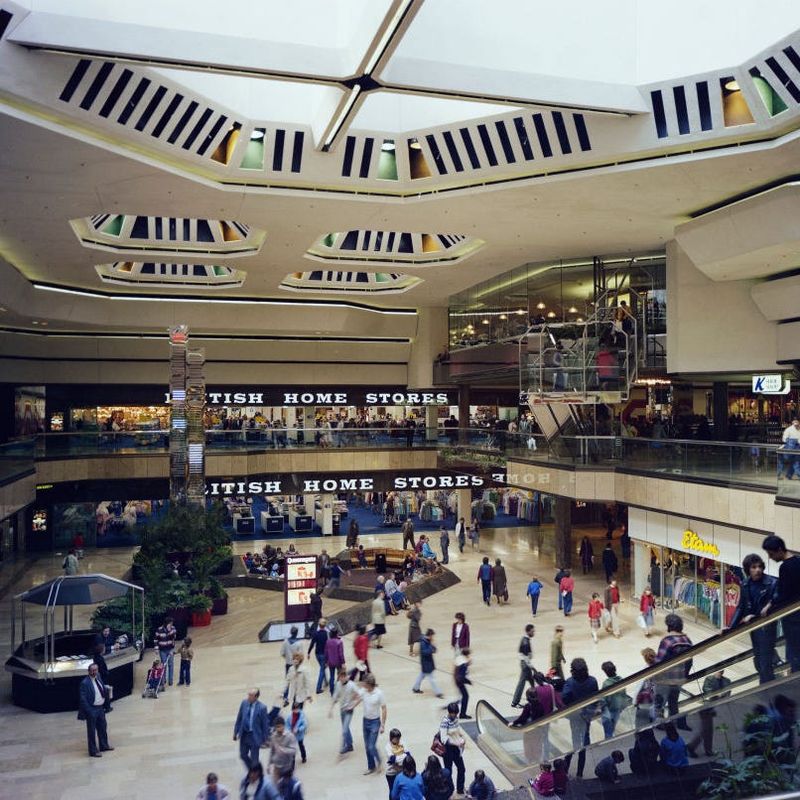
Shopping malls in the ’70s weren’t just for buying things; they were social meccas, where teens would gather for hours on end. Malls were sprawling, multi-level playgrounds filled with vibrant stores, arcades, and food courts that buzzed with life.
Teens became ‘mall rats,’ spending weekends window shopping, trying on clothes, or just people-watching from plastic benches. It was about being in the moment, surrounded by friends, with the world bustling around you.
Malls offered a sense of freedom and independence, a place to escape parental supervision, and a backdrop for countless stories of young love, friendship, and teenage drama.
6. Going to drive-in theaters and hoping the speaker worked
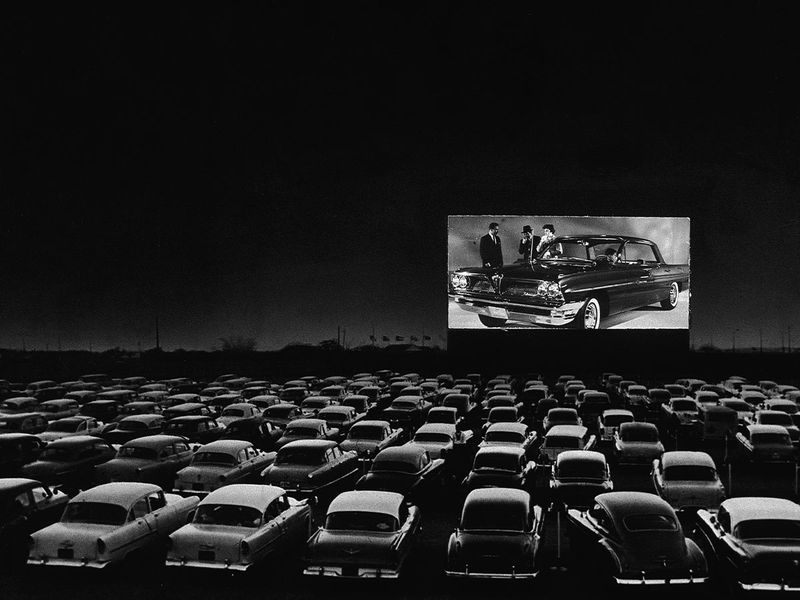
Drive-in theaters were the ultimate movie-going experience of the ’70s, a blend of cinematic magic and the great outdoors. Families and couples would pile into their cars with snacks and soda, parking under the stars to enjoy the latest flicks.
The challenge was always the speaker—a clunky box that hung on the car window, often crackling or silent. When it worked, it was a triumph; when not, you’d crack the windows and strain to hear.
But the ambiance was unbeatable, the flickering screen casting a glow as popcorn was passed around. It was an adventure in itself, a night out that promised laughs, gasps, and perhaps a stolen kiss.
7. Practicing dance moves in the basement with Soul Train as your guide

Before TikTok dance challenges, teens had Soul Train. Every week, living rooms and basements transformed into dance floors as kids tuned in to learn the latest moves. With shag carpets underfoot and the TV casting its vivid glow, the dance-off was on.
Soul Train wasn’t just a show—it was a cultural phenomenon, a guide to the coolest grooves and rhythms. Teens would mimic the dance lines, perfecting their moves, and sometimes inventing their own.
It was a time when dancing was pure, uninhibited joy, a way to express oneself and connect with the music. Each step was a story, told with flair and the spirit of disco.
8. Using CB radios like social media

Long before social media, CB radios were the way to chat and connect. Teens adopted handles like ‘Midnight Fox,’ and the airwaves buzzed with chatter, jokes, and maybe a bit of gossip.
It was a world without emojis but full of creative lingo and codes, a community built on voice and imagination. Whether in cars or homes, CB radios offered a playful escape, a way to reach out beyond local boundaries.
They were tools of adventure, used for spontaneous meet-ups or just killing time. Every conversation crackled with the thrill of wireless communication, a precursor to the digital connections we know today.
9. Spending hours at arcades with a single roll of quarters
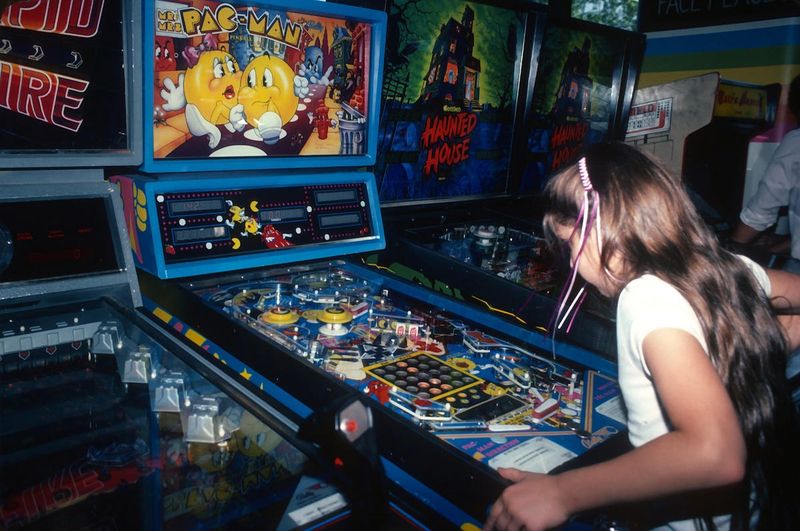
In the ’70s, arcades were the epicenters of fun, where a single roll of quarters could lead to hours of excitement. Glowing screens and the cacophony of bleeps and bloops created an atmosphere of urgency and thrill.
Teens gathered around machines like Space Invaders and Pac-Man, eyes glued to the action, fingers mashing buttons in flurries of skill and chance. High scores were the ultimate bragging rights, celebrated and challenged by friends.
Arcades were more than entertainment—they were social hubs, places to bond over shared triumphs and defeats, where friendships were forged in the glow of pixelated adventures.
10. Trying out every possible hairstyle—no matter how flammable the hairspray
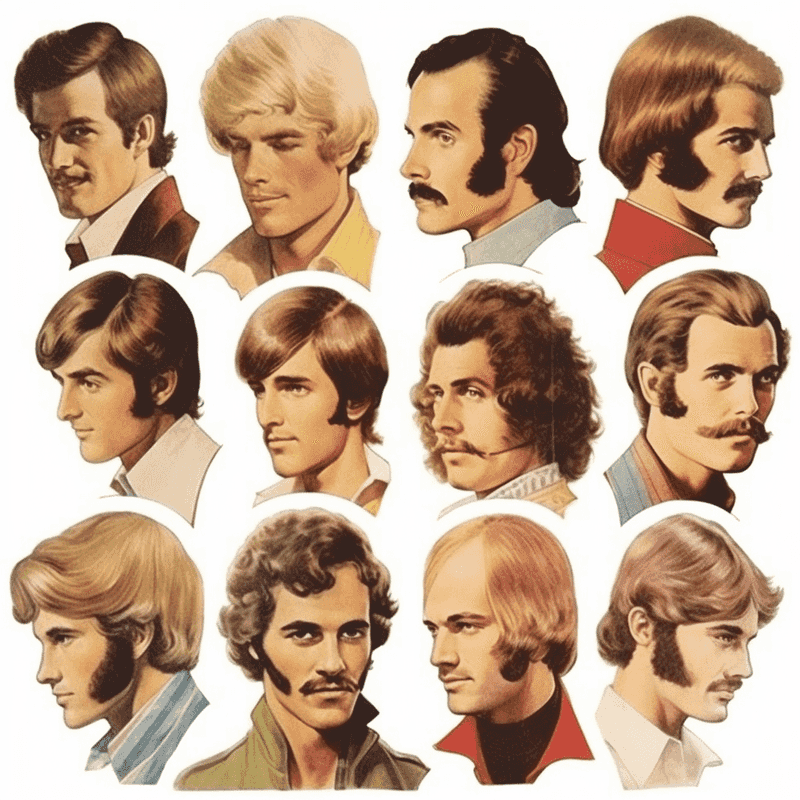
The hairstyles of the ’70s were as bold as the personalities that wore them. From feathered Farrah Fawcett waves to voluminous afros, hair became a canvas for self-expression and rebellion.
With cans of hairspray at the ready, teens would spend hours teasing, curling, and setting their locks into gravity-defying styles. Fire hazard? Perhaps. But the results were worth the risk, each style a statement of individuality.
Hair was an art form, a way to stand out and fit in all at once, capturing the spirit and creativity of a generation unafraid to make a bold impression.
11. Sitting on shag carpet floors at house parties playing “Spin the Bottle”

House parties in the ’70s were an iconic teenage rite, with ‘Spin the Bottle’ as the centerpiece of awkward fun. Shag carpets became stages for social interaction, where spinning an empty bottle dictated fates and sparked blushing giggles.
It was a game of nerves and chance, where the thrill was in the unknown and the hope of a fleeting kiss. The bottle spun, hearts raced, and sometimes, unexpected connections were made.
These gatherings were about more than the game—they were about building memories and friendships, moments that turned into stories, told with laughter and nostalgia in later years.
12. Waiting all week for your favorite TV show—then everyone watched together

Before binge-watching, television was a weekly event, a communal experience. Families and friends would gather around the TV, anticipation building as the clock ticked closer to showtime.
Whether it was the latest episode of a favorite series or a Sunday night movie, the living room became a shared space of excitement. Spoilers? Unheard of. Silence reigned as the show unfolded, only broken by shared gasps or laughter.
It was more than entertainment; it was a ritual, a way to connect and unwind, a time when stories were savored and shared, creating bonds that extended beyond the screen.
13. Going to record stores and listening to entire albums in-store
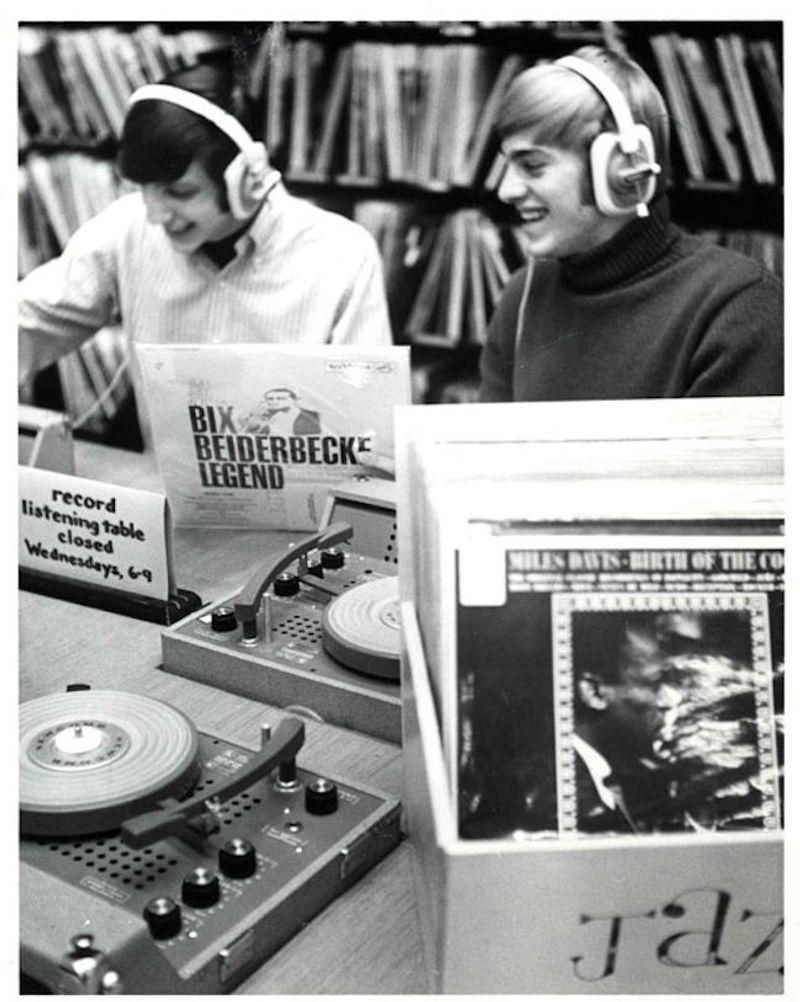
Music discovery in the ’70s was an adventure, with record stores as the starting point. These havens of sound offered endless possibilities, aisles filled with colorful album covers and the promise of new musical experiences.
Teens would spend hours flipping through records, headphones clamped on, sampling whole albums before deciding on a purchase. It was a process of exploration and delight, where each track might lead to a new favorite band.
Record stores were cultural hubs, places where music lovers gathered, exchanged recommendations, and shared their passion, turning music into a communal journey of discovery.
14. Camping out overnight for concert tickets
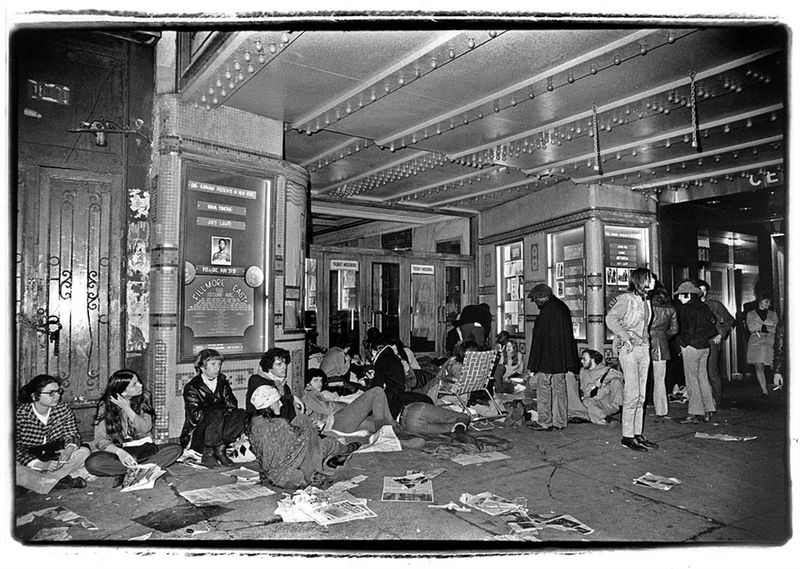
Concerts in the ’70s were events worth camping for, and dedicated fans would set up outside box offices to secure their place at the hottest shows. Sleeping bags, blankets, and thermoses in tow, these all-night vigils turned into mini-festivals of anticipation.
The camaraderie was as much a part of the experience as the concert itself, with stories shared, friendships forged, and the shared buzz of excitement. Morning light brought the prize: tickets in hand and the promise of unforgettable musical moments.
It was a testament to passion and patience, a communal effort to be part of something bigger, where music united and inspired.
15. Passing notes in class like secret operatives

Before instant messaging, note-passing was a clandestine art, a way to share secrets and smiles in the middle of a lecture. Folded papers traveled stealthily across desks, each note a small act of rebellion and connection.
The thrill was in the exchange—the sly handoff, the unfolding of a message that might contain a joke, a confession, or the eternal question: Do you like me? Circle yes or no.
It was a game of timing and stealth, where every note carried the risk of discovery but also the promise of a shared moment, a whisper of camaraderie in the world of chalk and textbooks.
16. Riding bikes until the streetlights came on—with no check-ins
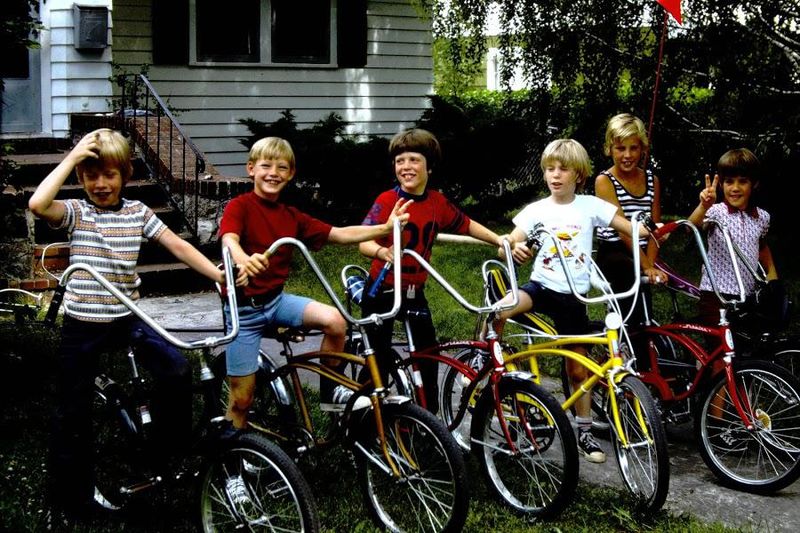
Freedom in the ’70s came with two wheels and no curfew, as kids rode their bikes from sunrise to the glow of streetlights. Without smartphones or GPS, boundaries were set by the horizon and the promise to be home by dark.
Every ride was an adventure, exploring neighborhoods, discovering secret spots, and racing friends down winding streets. It was about the journey, the wind in your hair, and the thrill of exploration.
Biking was more than transport; it was a ticket to freedom and imagination, where every ride held the promise of something new, a world unbounded by adult supervision.
17. Reading Tiger Beat and dreaming about marrying a Monkee or a Beatle

Tiger Beat was a portal to the pop culture dreams of the ’70s, its pages filled with glossy photos and the secrets of teen idols. Every issue was a chance to imagine life with a Monkee or a Beatle, dreams scribbled in the margins of math homework.
Posters adorned bedroom walls, and fan letters were crafted with care, sent off in hopes of a reply. It was a time of innocent infatuations and fantasies, where the line between star and fan blurred in the pages of a magazine.
These daydreams were more than crushes; they were stories of possibility and hope, sealed with a kiss to the stars of the stage.
18. Eating dinner in front of the TV—with TV trays

Dinner in the ’70s often came with a side of TV, where families gathered around the glowing screen with meals balanced on TV trays. It was a casual affair, a break from the formality of the dining table, where sitcoms and game shows became part of the meal.
The clatter of cutlery mingled with laugh tracks, and the living room transformed into a theater of togetherness. It was a cozy ritual, where stories unfolded on screen and family bonds deepened over spaghetti or TV dinners.
This blend of dining and entertainment was more than convenience; it was a lifestyle, a snapshot of the era’s relaxed approach to family life.
19. Playing lawn darts without fully understanding the danger

Lawn darts were the ultimate backyard game of the ’70s, a mix of skill and chance that brought families together under sunny skies. The rules were simple: Launch the darts at a target and score points. Safety? That was an afterthought.
The game was a staple of picnics and barbecues, where laughter and playful competition filled the air. The thrill lay in the throw, watching the arc of the dart, hoping for a perfect landing.
Despite the potential risks, lawn darts were a beloved activity, a way to connect with family and friends, where the joy of play outweighed any worry about hazards.
20. Waiting for film to be developed—and hoping no one blinked

Photographs in the ’70s were treasures, moments captured on film with no instant previews. After snapping a roll of film, the wait began—a week or more for development, anticipation building with each passing day.
When the envelope finally arrived, families gathered to relive the memories, flipping through prints with joy or laughter at unexpected blinks or awkward poses.
Each photo was a snapshot of life’s candid moments, grainy and genuine. It was a time when capturing memories was an art, where every picture told a story and imperfections were part of the charm.
21. Disco Bowling Nights

In the 1970s, disco bowling was more than just a game; it was a social phenomenon. Imagine a bowling alley transformed into a disco dance floor, complete with spinning disco balls and pulsating beats. Friends gathered for an evening of strikes and grooves, where the fashion was as bold as the moves on the lanes.
22. Hitchhiking Adventures

During the ’70s, hitchhiking was a popular way to travel and meet new people. It was not uncommon to see young adventurers with thumbs out, seeking rides to their next destination. This mode of travel offered a sense of freedom and unpredictability, with each trip promising new stories and friendships.

